AB InBev in a deal driven by geopolitics (JSE: ANH)
Russian exposure is being swapped for a business in Ukraine
AB InBev announced in December 2023 that Anadolu Efes had agreed to acquire AB InBev’s non-controlling interest in AB InBev Efes BV. Various regulatory approvals were required and were not obtained, so that deal is dead.
There’s a new plan on the table, with Anadolu Efes (a Turkish group, by the way) now acquiring the Russian business out of AB InBev Efes BV, a change from acquiring shares to acquiring assets. This must make a technical difference to the approvals required. As a further step, AB InBev will acquire Anadolu Efes’ interest in the business in Ukraine.
So, a Belgian company loses exposure to Russia and gains exposure to Ukraine by effectively swapping assets with a Turkish company. And you wonder why geopolitical shifts make a difference in markets?
EOH’s revenue is lower and gross margin has dipped (JSE: EOH)
I still can’t find a reason to be invested here
The EOH share price closed 9% higher on volumes in excess of double the average daily volumes. Why? Honestly, I don’t really know. I can’t see the appeal here.
For the year ended July 2024, group revenue dropped 3.1% from continuing operations, or 0.3% if you exclude the sold Nextec legacy entities. Either way, it’s down. There are pockets of growth like the international business, but there are also other areas that are down by double digits.
EOH describes gross profit margin as being steady at 27.3% vs. 27.9% the previous year. Personally, I wouldn’t describe a 60 basis points decline as “steady” but maybe that’s just me.
Operating profit fell 17% including once-off restructuring costs. Adjusted EBITDA was down slightly to R307 million.
Highlights? Well, net finance costs decreased by 28% to R118 million but that’s no real surprise as EOH had to raise money from shareholders to reduce the debt. The headline loss per share reduced tremendously from -21 cents to -0.21 cents (read that carefully again), so EOH is nearly break-even. Yay.
The reality is that revenue went backwards and they have net debt of R644 million vs. EBITDA of R307 million, so the group still has too much leverage in my view and is experiencing margin pressures.
They talk about major cost savings into FY25 and the resumption of “investment for growth” rather than having to focus on legacy items. This must be what got the market excited.
EOH will ask shareholders for approval to change the name to iOCO Limited at the AGM. Given the absolute mess that EOH went through as a brand, that’s probably a good idea.
Famous Brands seems to be in defensive mode (JSE: FBR)
The narrative is very different to rival Spur, which is in growth mode
For the six months to August, Famous Brands tells a story of a group that is inwardly-focused and concentrating on rationalisation and efficiencies rather than outright growth.
Revenue is up just 2% and operating profit was flat, yet HEPS increased by 9.5% and the dividend per share was up 9%. That’s a totally different vibe to Spur at the moment, a group that is busy with acquisitions and exciting growth plans.
Although they are both restaurant groups, the underlying business models are actually really different. Just compare your local Spur to a Steers for example, or one of the more upmarket brands operated by Famous Brands. Spur’s brands are hitting the sweet spot right now, whereas Famous Brands finds itself in a competitive bloodbath among takeaway players at one end and a difficult situation at the other end with consumer affordability issues.
Much of the focus at Famous Brands is on debt reduction, with borrowings down from R1.265 billion to R1.148 billion. Finance costs dropped by 3.2%, leading to the improvement in HEPS relative to such a tame top-line story.
Looking deeper, Leading Brands saw revenue growth of 0.8%, with system-wide sales up by 3.2%. This suggests that the underlying franchisees paid a lower percentage of revenue to Famous Brands in this period vs. the previous period. Signature Brands is the more upmarket offering and saw revenue fall by 10.4%, with restaurant closures impacting the business.
They talk about Signature Brands remaining subscale, which could be a subtle way of inviting bidders for that business.
The SADC region saw revenue grow by 3.8%. AME was up 105% but this was driven by an acquisition of 10 restaurants in Mauritius, so don’t treat that as growth you can extrapolate. In the UK, Wimpy fell by 17% and they blame uncertainty in the election period along with a cost-of-living problem in the UK.
In the supply chain side of the business, manufacturing revenue was flat but operating profit increased by 10.3%, with the group doing a great job there in terms of finding efficiencies. Logistics revenue was also flat, with operating profits down as they couldn’t achieve the same costs miracle in that business as in the manufacturing business.
Finally, retail revenue (the sauces on the shelves at your local supermarket) fell by 8.3%. This actually had little to do with sauces and more to do with frozen potato chips, with a major competitor sorting out stock shortages and the introduction of discounted imported chips in the local market.
Here’s the chart that matters:

Grindrod finally unlocks cash from the KZN property investments (JSE: GND)
This has been a long-standing headache for the group
Grindrod’s exposure to KwaZulu-Natal property has been a cautionary tale of the dangers of non-core assts. The group is a lot more focused these days and thank goodness for that, with the situation about to improve even further thanks to a deal with African Bank.
Although I’m also not sure that African Bank should really be dabbling here, it’s at least a more natural fit to see property deals sitting in a banking group than a logistics group.
African Bank will acquire loans, profit share agreements and equity interests held by Grindrod in respect of certain properties on the KZN North Coast. The total price is a lovely round number of R500 million, unlocking considerable cash for Grindrod to use in the right place: the freight services business.
Suspensive conditions for the deal are expected to be fulfilled by 31 December 2024, which feels a bit ambitious. Let’s see how they do with the regulatory approvals.
Harmony is happy to see the end of a streaming agreement at old gold prices (JSE: HAR)
There’s also good news on one of the projects
Harmony has confirmed that final delivery has been made into the streaming agreement between Franco-Nevada and Mine Waste Solutions (MWS), which mean’s that Harmony’s MWS business will now be able to achieve current market prices for its gold rather than the historical contractually agreed prices.
It makes a big difference – more than R1 billion in annualised free cash flow if the current spot price continues!
In other good news, Phase 1 of the Kareerand tailings storage facility expansion project has been commissioned and delivered on time and on budget, the magic words for any major capex project. This will extend MWS’ life of mine by 15 years, with broader plans to add more processing streams at the operations now that they can get the market price.
In case you’re wondering, the streaming contract originated in 2008 and Harmony assumed the obligations as part of a broader acquisition in 2020. The price was set at the lower of spot or $400 per ounce, so it had become incredibly punitive in recent years.
Nampak to sell its stake in Nampak Zimbabwe (JSE: NPK)
The deal is worth up to $25 million
Nampak previously identified Nampak Zimbabwe as part of the asset disposal plan, so this day was coming. Huge progress has been made on Nampak’s turnaround, but there’s more to do.
The sale of the 51.43% in Nampak Zimbabwe has been agreed at a price of $23 million payable practically immediately and $2million payable in two equal annual tranches. The deal has been denominated in dollars, which is no surprise given the underlying exposure in Zimbabwe.
The net asset value of the 51.43% stake was R292.5 million and attributable audited profits after tax was R84.8 million, so it seems that Nampak got a strong offer here from TSL Limited.
Not that it makes any different to Nampak, but the purchaser is required to make a mandatory offer to all other shareholders in Nampak Zimbabwe once this deal closes.
This is a category 2 deal, so Nampak shareholder won’t have to vote on it. There are of course various other conditions that need to be met before the cash will flow.
Zeder moves another step closer to a special dividend (JSE: ZED)
The Theewaterskloof disposal has been completed
Hot on the heels of the completed Applethwaite disposal, Zeder has now completed the Theewaterskloof disposal. This adds another serious chunk of cash to the Zeder balance sheet and means that a special dividend to shareholders can’t be far away.
Zeder received R283 million for Theewaterskloof, plus agricultural inputs on hand of R1.18 million and 2025 season costs of R22.8 million. It’s a very similar valuation methodology to that used at Applethwaite.
Combined with the Applethwaite deal, Zeder has received just over R500 million for these disposals. For context, Zeder’s market cap is nearly R3 billion.
Nibbles:
- Director dealings:
- Michiel Le Roux of Capitec (JSE: CPI) fame is never shy to do some serious derivative trades over shares in the financial services group. He has entered into an option trade with a put strike of R2,950.01 and a call strike of R5,572.24 for shares with a value of R736 million. The current share price is R3,204.42. This structure is a hedge related to a legacy financing transaction and it’s interesting to note how close the put strike price is to the spot price.
- A director of CMH (JSE: CMH) sold more shares to add to recent sales, this time worth R355k.
- A director of Insimbi Industrial Holdings (JSE: ISB) bought shares worth R276k.
- The company secretary and a director of a major subsidiary of AVI (JSE: AVI) received share awards and sold the whole lot worth R204k.
- Spear REIT (JSE: SEA) has implemented the acquisition of a large portfolio from Emira Property Fund (JSE: EMI). Post the acquisition, Spear’s gross asset value is R5.36 billion and the loan-to-value is between 31% and 33%.
- Southern Palladium (JSE: SDL) has completed the Merensky Reef Mineral Resource Estimate, with the Indicated Mineral Resource having increased by 17%. This means there’s a 54% increase since the last Mineral Resource Estimate. This is obviously really helpful news for the mining group as they work to finalise their Pre-Feasibility Study by the end of this month.
- Orion Minerals (JSE: ORN) announced drilling results at Flat Mine South. I’m certainly no geologist, but the management team sounds happy with them.
- Vunani (JSE: VUN), Ascendis Health (JSE: ASC) and Texton Property Fund (JSE: TEX) have taken advantage of the opportunity to move their listings to the general segment of the Main Board of the JSE, adding their names to the list of small- and mid-caps who recently did the same.
- Labat Africa (JSE: LAB) has finally found an auditor, appointing Khumalo Xaba Xulu Auditors as the new independent auditor of the company.

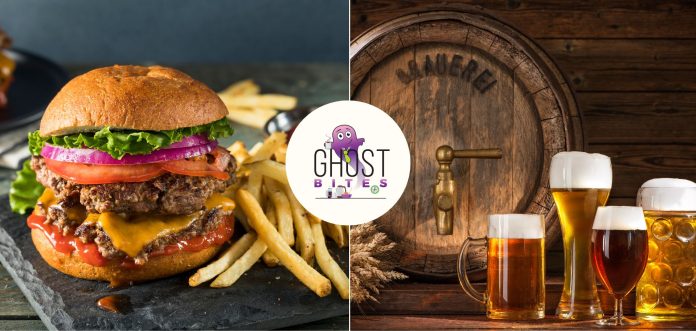
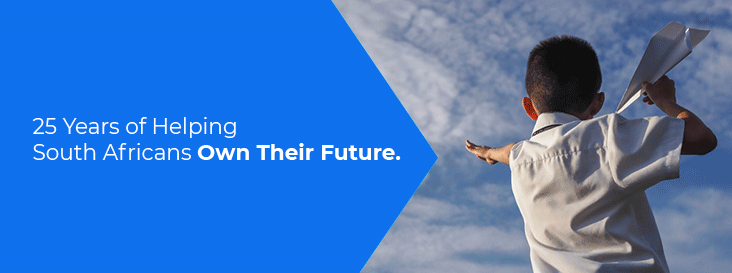
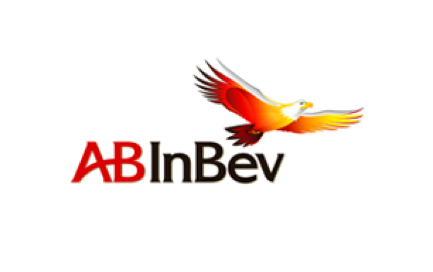
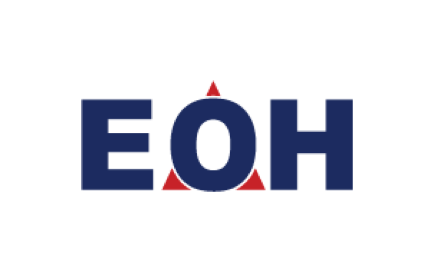
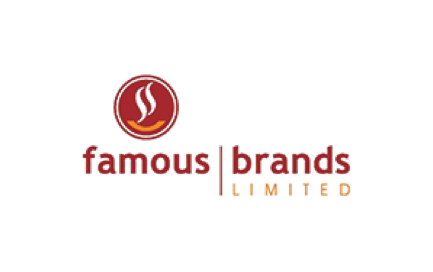
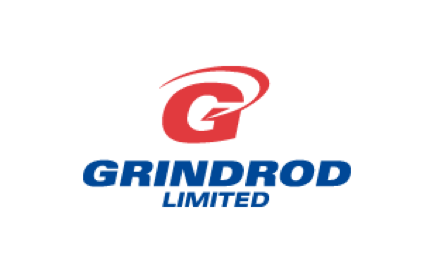
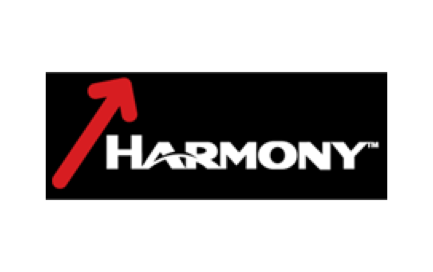
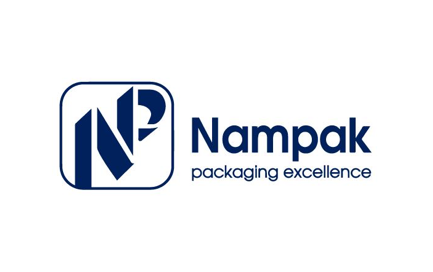
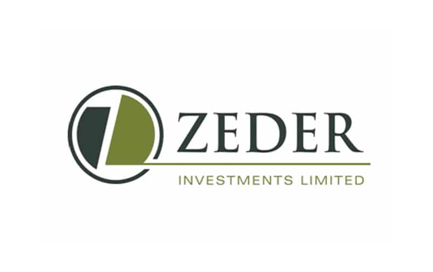
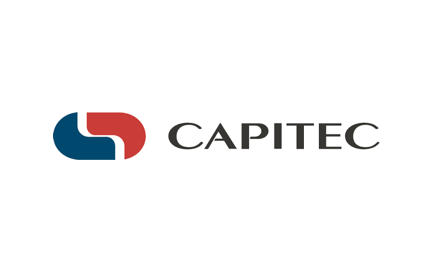

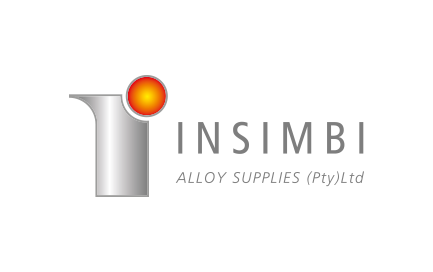
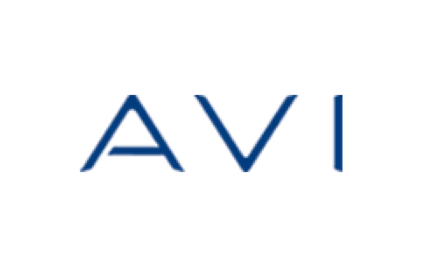
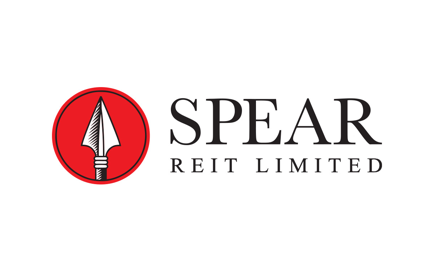
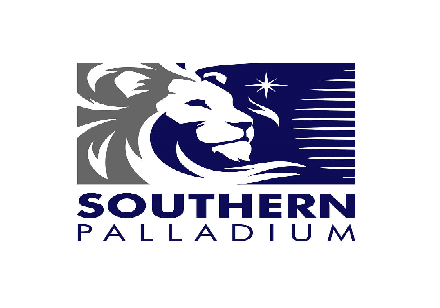
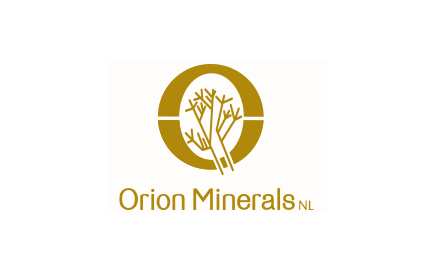
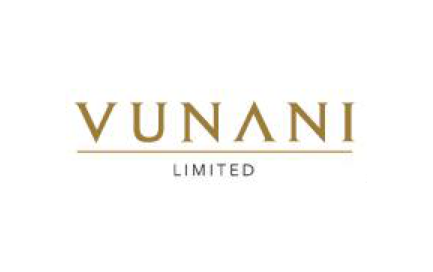
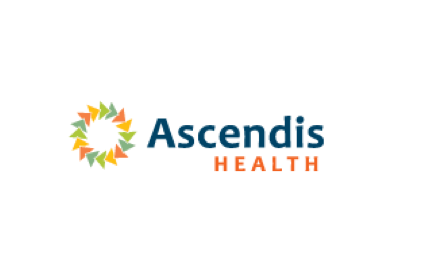
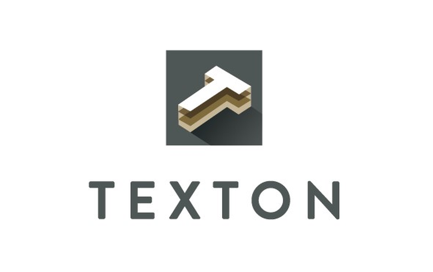
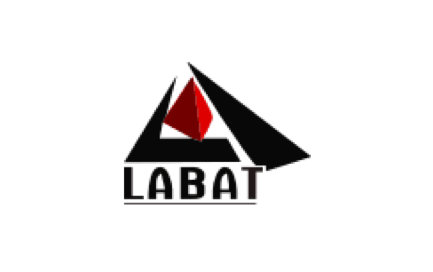


Ghost, this thing of posting such a humungous burger in this mampara week, you make us hungry… nonetheless, insightful information….
Famous Brands need all the help they can get – hope you chose Steers!